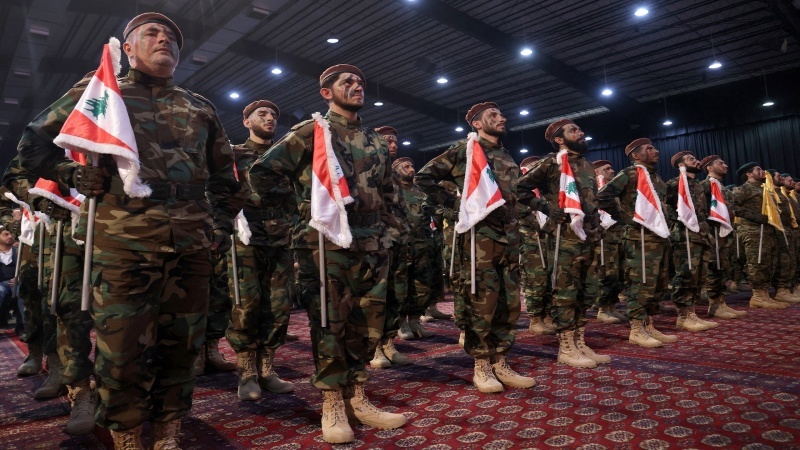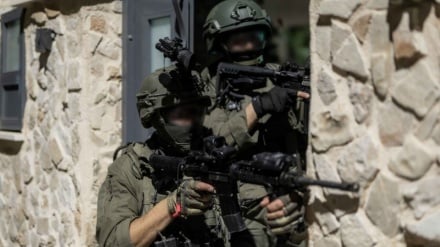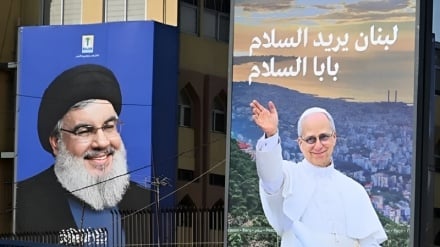Pars Today's Iran and world news package
How did Hezbollah prove its capability in countering Israel?
Pars Today - Although the Zionist regime initially achieved some gains in its confrontations with Hezbollah by employing military technology, this superiority quickly faded and became an ineffective tool on the battlefield.
In evaluating the process and outcomes of Israel's aggression against Lebanon, the role of "technology" in achieving significant results on the ground was emphasized. Specifically, "artificial intelligence" emerged as a new tool that demonstrated its effectiveness in assassinating leaders and degrading part of Hezbollah's military capabilities. According to Pars Today, citing Fars News Agency, however, this unprecedented technological superiority did not enable Israel to turn the battle in its favor despite all the significant advantages it had gained. Israel failed to achieve its primary war objectives and was unable to prevent Hezbollah from quickly neutralizing this superiority.
Statements made on January 8, 2025, by Eyal Zisser, one of Israel's most prominent historians and experts on West Asian affairs, in Israel Hayom, support this claim. He stated, "At a time when everyone thinks the situation is good and stability has been established, Hezbollah is rebuilding its military capabilities."
The first challenge that the resistance was able to quickly address was changing the procedures for protecting new political and military cadres, from the highest to the lowest levels of the hierarchy. This allowed Hezbollah to maintain its influential presence despite losing many senior commanders, including its late Secretary-General, Seyyed Hassan Nasrallah. The group continued and even intensified its rocket and missile attacks.
The management of remaining weaponry and its effective deployment on the battlefield, along with the establishment of a new communication network between command cadres and field operatives, not only challenged but neutralized the technological superiority of the Zionist regime. This forced Israel, despite all the "achievements" it claimed to have accomplished, to call for a ceasefire.
However, the results of all Israel's efforts to make ground incursions into southern Lebanon were very limited compared to the number of forces deployed (between 50,000 to 70,000 Israeli soldiers) and the intensity of firepower and destruction used. Resistance forces were able to prevent Israeli forces from advancing on the ground and imposed their control over Israeli armored forces, including Merkava tanks. This quickly led Israel to withdraw tanks from the battlefield, fearing further losses of armored equipment.
The number of tanks destroyed by the resistance, which stood at 59 during the 57 days of confrontation, confirms that despite all its efforts, capabilities, and technical expertise, Israel was unable to achieve its desired results or halt the movements of resistance forces in the frontline villages of the confrontation.
MG/UR



